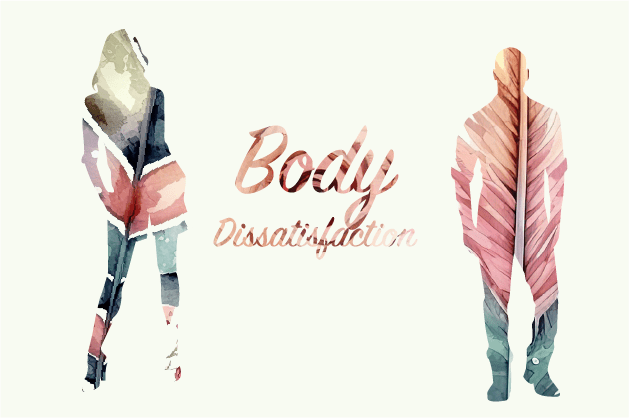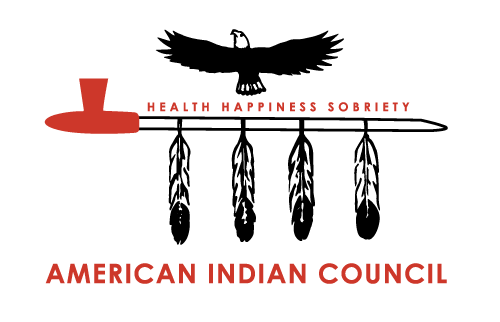When you think of eating disorders, who’s the poster child? I’m sure you could think of a few from your favorite binge-worthy Netflix shows. But did you know that eating disorders do not discriminate against race, ethnicity, or social status?
Studies show that race or ethnicity is NOT a direct factor that contributes to eating disorders. Native American women suffer from eating disorders at the same rate as white women. (Although one study showed at a higher rate.) The same equal rate holds true for Native American men and white men. (It’s important to note that women experience eating disorders at a higher rate than men.)
What Causes Eating Disorders?
A person’s race or ethnicity is not a direct factor for them having an eating disorder. There are many factors—like genetics or mental health. But some factors are systemic in our communities.
First, having type 1 diabetes or a history of trauma are factors. Oftentimes, these problems are prevalent in our communities. So we may experience higher rates of eating disorders than other communities.
Second, Native American people’s relationship with food has changed through generations. Before colonialism, our diet was the gold standard. Fresh meat and vegetables were staple foods in the hunting, fishing, and gathering days. When colonialism became reality, so did government rations. Many of our food staples shifted to a fry-bread diet of flour, lard, and sugar. Some call this “food trauma.” They believe it’s a systemic issue. An issue that contributes to eating disorders in Native American communities.
Third, it’s becoming increasingly clear that extended media use is leading to eating disorders. Our media-saturated lives lead to dissatisfaction with our bodies. Media’s message is that thinness (for women) and muscles (for men) is how you are “supposed” to look. It’s unrealistic for us to try to look like that. It’s rare to see diverse body shapes and sizes in movies and television.
And it’s not just movies or television. Social media is a culprit as well.
Hidden corners of social media are devoted to “thinspiration,” with the corresponding hashtag #thinspo. TikTok and others have banned the use of the hashtag, but the body-conscious trend still persists. Facebook and Instagram have banned diet and cosmetic product ads for those under 18.
The causes of eating disorders are complex. So it’s not right to blame it only on these factors. But it’s something we must be aware of.
For more information about eating disorders and risk factors, visit www.NationalEatingDisorders.org.


